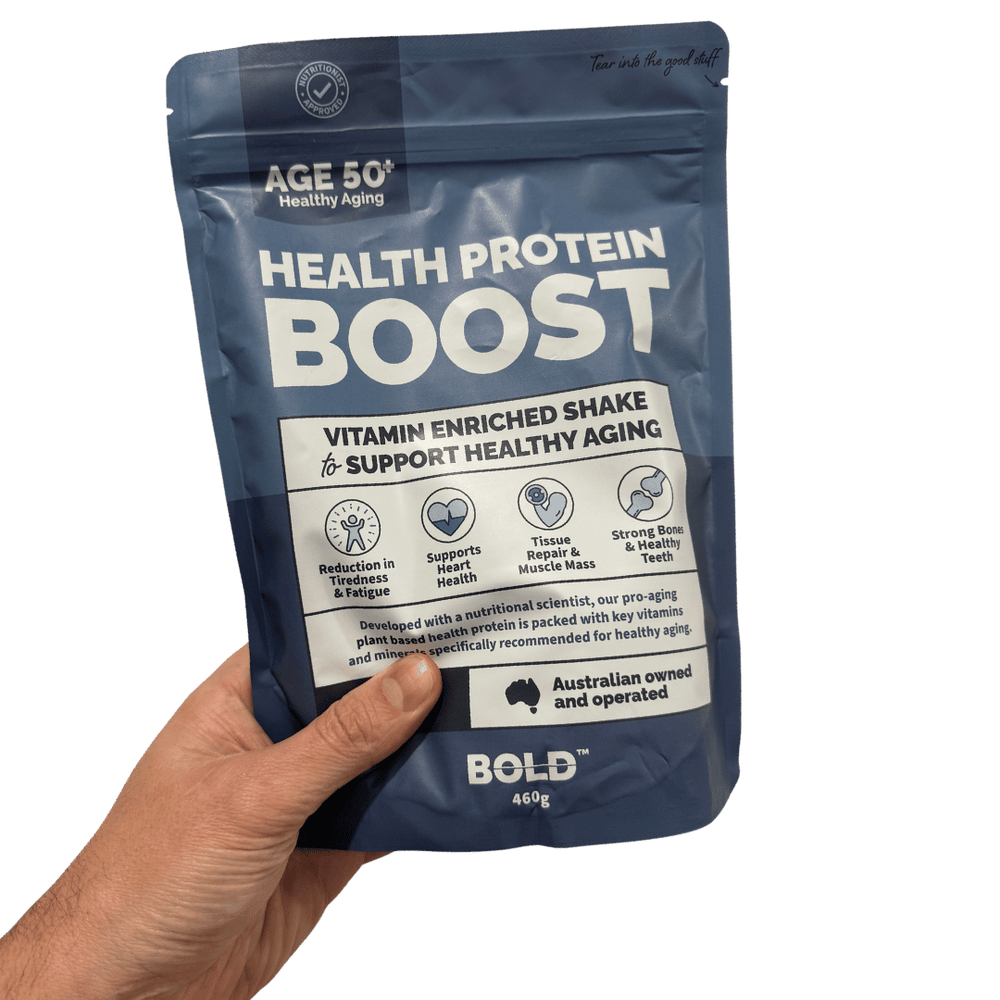5 easy stretches to help improve your flexibility
Feel and move better with these simple yet effective stretches
Did you know that stretching can help to improve flexibility, decrease muscle tension, and reduce your risk of injury. However, many people struggle to find the time or energy to include stretching in their daily routine. The good news is that a stretching routine doesn't have to be complicated or time-consuming for you to see the benefits!
In this article, we will be sharing 5 easy stretches that you can incorporate into your day, to help improve your flexibility and unlock your body's full range of motion. These stretches are simple to do, require no equipment and can be done by most people. With a few minutes of stretching each day, you'll be able to see (and more importantly feel) the benefits in no time.
1. Seated forward bend
Instructions: Sit on the floor with your legs straight in front of you. Reach your arms forward and try to touch your toes.
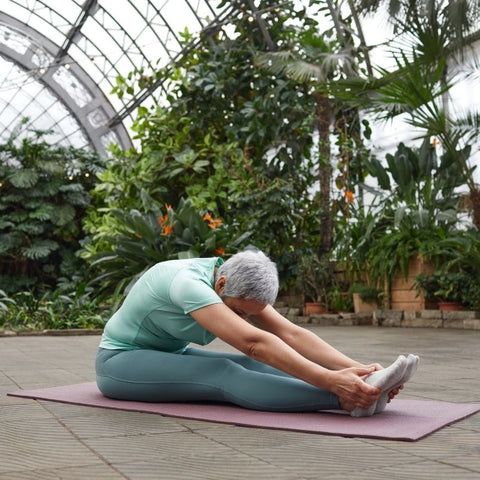
The seated forward bend stretch, also known as Paschimottanasana in yoga, is a posture that stretches the muscles of the back, hips, and legs. It also can help to calm the mind and improve flexibility in the spine. Additionally, this stretch is also said to stimulate the abdominal organs and improve digestion.
2. Hamstring stretch
Instructions: Stand up and place your heel on a raised surface (such as a step or bench). Keeping your leg straight, lean forward until you feel a stretch in the back of your leg.
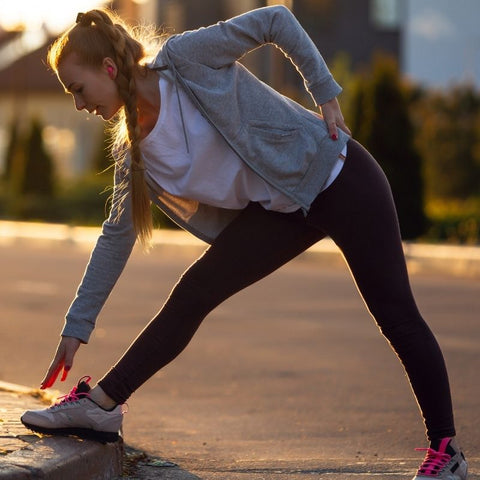
Stretching the hamstrings is important because they are a group of muscles at the back of the thigh that are often tight in many people, which can lead to a variety of problems. Tight hamstrings can contribute to lower back pain, knee pain, and poor posture. Additionally, when the hamstrings are tight, it can cause a person to compensate by using other muscles, which can lead to muscle imbalances and injuries.
Stretching the hamstrings can help to improve range of motion in the hips and knees, and can also help to reduce the risk of injury. Additionally, stretching the hamstrings can also improve overall health by allowing you to move more efficiently.
3. Chest stretch
Instructions: Stand with your arms behind your back and interlace your fingers. Lift your arms up and back, stretching your chest.
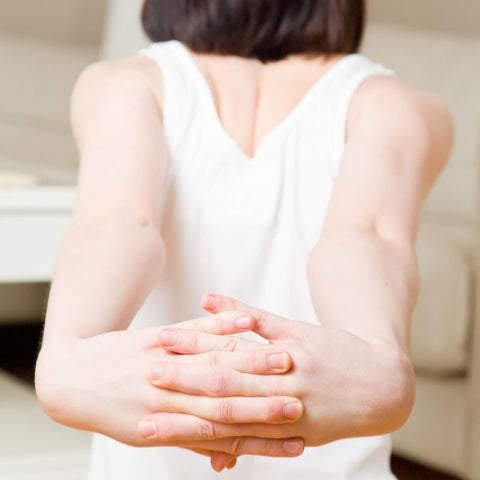
The chest stretch not only helps to stretch the muscles of the chest but also the shoulders, and upper back. One of the main benefits of the chest stretch is that it can help you improve your posture. Sitting at a desk or hunching over a computer for long periods of time can cause the chest muscles to become tight and pull the shoulders forward, which can lead to poor posture. This stretch can help to counteract this by stretching out the chest muscles and pulling the shoulders back into alignment.
Chest stretches can also help to improve breathing by expanding the chest and allowing more room for the lungs to expand. This can be especially beneficial for people who have trouble taking deep breaths or who have lung conditions such as asthma or chronic obstructive pulmonary disease (COPD).
4. Forward fold
Instructions: Stand with your feet hip-width apart and your arms by your sides. Inhale and lift your arms up, then exhale and bend forward, reaching towards the ground
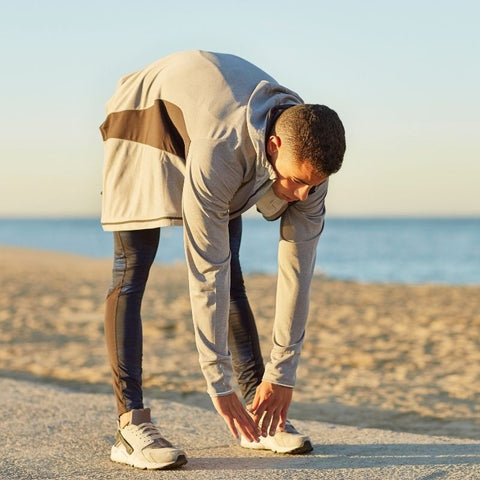
A forward fold stretch, also known as a "forward bend," is a stretching exercise that targets the muscles in the back of the body, including the hamstrings, lower back, and spinal muscles. Did you know that forward folds can help calm your mind? They are often used in yoga practice to help to relax the mind and reduce stress. The act of folding forward can help to bring awareness to the breath, and allow you to focus inward and release tension.
Another benefit is improved digestion as stretching muscles in the front of the body can also help stimulate the abdominal organs, which can improve digestion and alleviate constipation.
If you suffer from varicose veins or have blood circulation issues this could also be a great stretch for you as it also helps to improve circulation to the legs and feet.
5. Side stretch
Instructions: Stand with your feet shoulder-width apart and interlace your fingers above your head. Lift your arms up and stretch to one side, then the other.
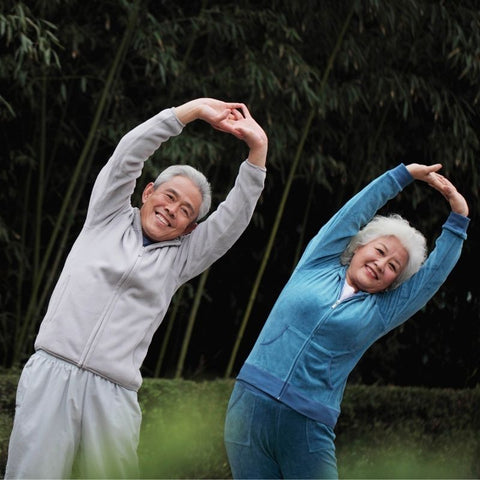
A side stretch, also known as a lateral stretch, is a stretching exercise that targets the muscles along the side of the body, including the obliques, intercostals and serratus muscles. If you’re looking to improve your mobility this is a good stretch to incorporate into your routine as it can help increase your range of motion particularly in your spine.
A side stretch can also help to relieve tension and stress in the muscles along the sides of the body, which can improve overall comfort and reduce the risk of injury.
Conclusion
In conclusion, incorporating stretching into your daily routine can be a simple yet effective way to improve your flexibility, reduce muscle tension and reduce the risk of injury. These 5 easy stretches that we have shared in this article can help to stretch out your muscles and improve range of motion in your body.
Remember to always warm up properly before stretching, use proper form to avoid injury, and listen to your body. Incorporating these stretches into your daily routine can be a small investment for long-term benefits for your health and fitness. Don't be afraid to start small, even a few minutes a day can make a big difference. As you make stretching a regular habit, you'll start to see and feel the benefits in your flexibility, posture, and overall well-being.
---------------------------------------------------------------------------
Medical Disclaimer
The information provided in this blog post is for general information only, it is not intended as medical advice. For medical advice please consult with a qualified medical professional who is familiar with your individual medical needs.


